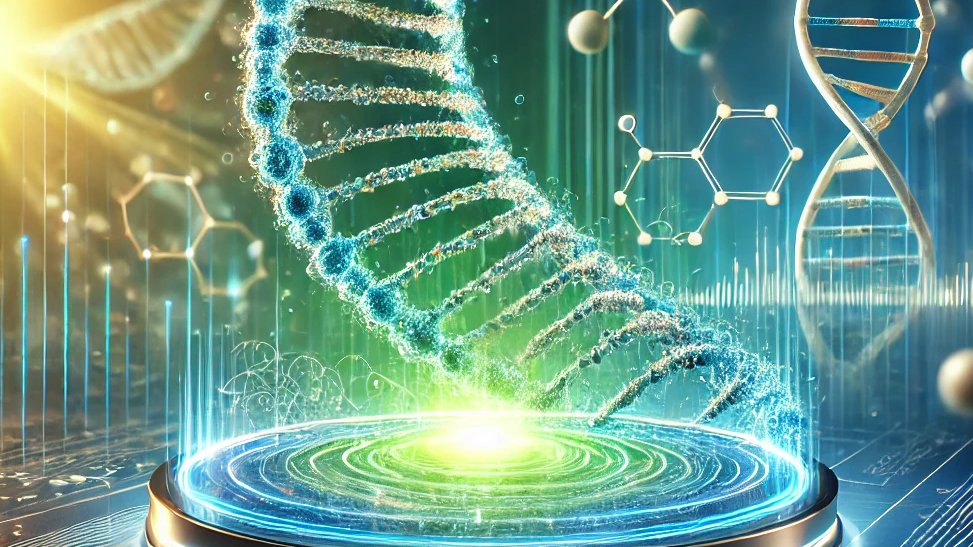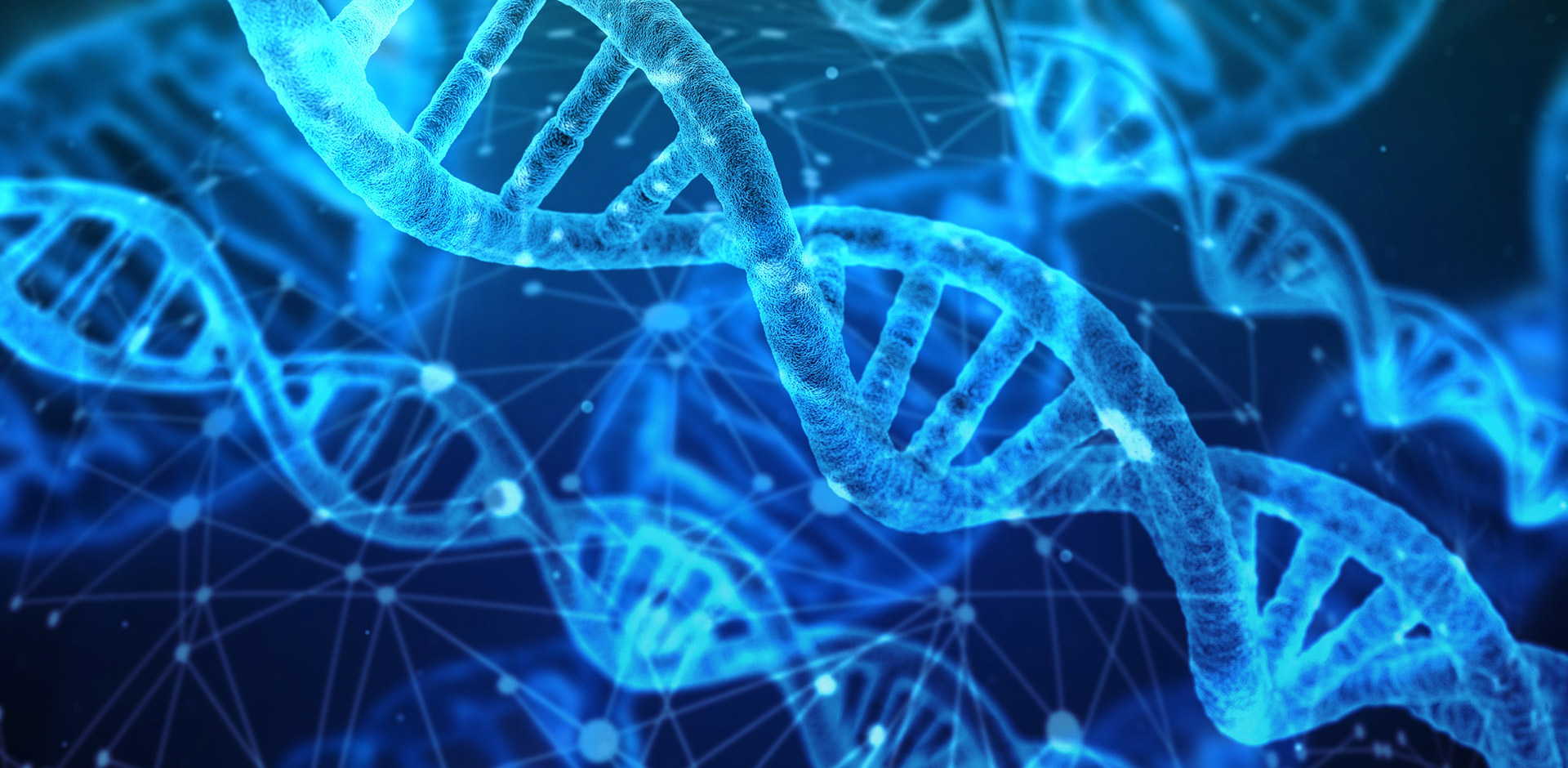最新动态
RESOURCES
13
02/2025
The Impact of Endotoxin on Cell Editing Efficiency: A Comparative Study of 293T and A549 Cells

RNA synthesis has been widely applied in gene editing, vaccine development, and disease treatment. However, the RNA synthesis process may result in residual endotoxins. To investigate whether endotoxin affects cell editing efficiency, our company conducted the following experiment.
check the details
21
01/2025
Notice

In celebration of the Chinese New Year, our company will be closed from January 28, 2025 to February 5, 2025.
check the details
26
12/2024
NovaFISH Kit Protocol – Tissue

This manual is intended for the application of NovaFISH in fixed tissue samples.
check the details
26
12/2024
NovaFISH Kit Protocol – Immunofluorescence Staining

NovaFISH can also be combined with immunofluorescence staining (IF) to simultaneously detect RNA (via NovaFISH) and protein (via immunofluorescence staining) in fixed cells.
check the details
26
12/2024
NovaFISH Kit Protocol – Cell

This manual is intended for the application of NovaFISH in fixed cell.
check the details
19
11/2024
nMECA Technology Synthesizes mRNA with 100-Fold Reduction in dsRNA Impurities

PixelBiosciences GmbH' nMECA technology significantly reduces double-stranded RNA impurities in mRNA synthesis by 100-fold, offering a groundbreaking approach to safer and more effective mRNA therapeutics.
check the details


